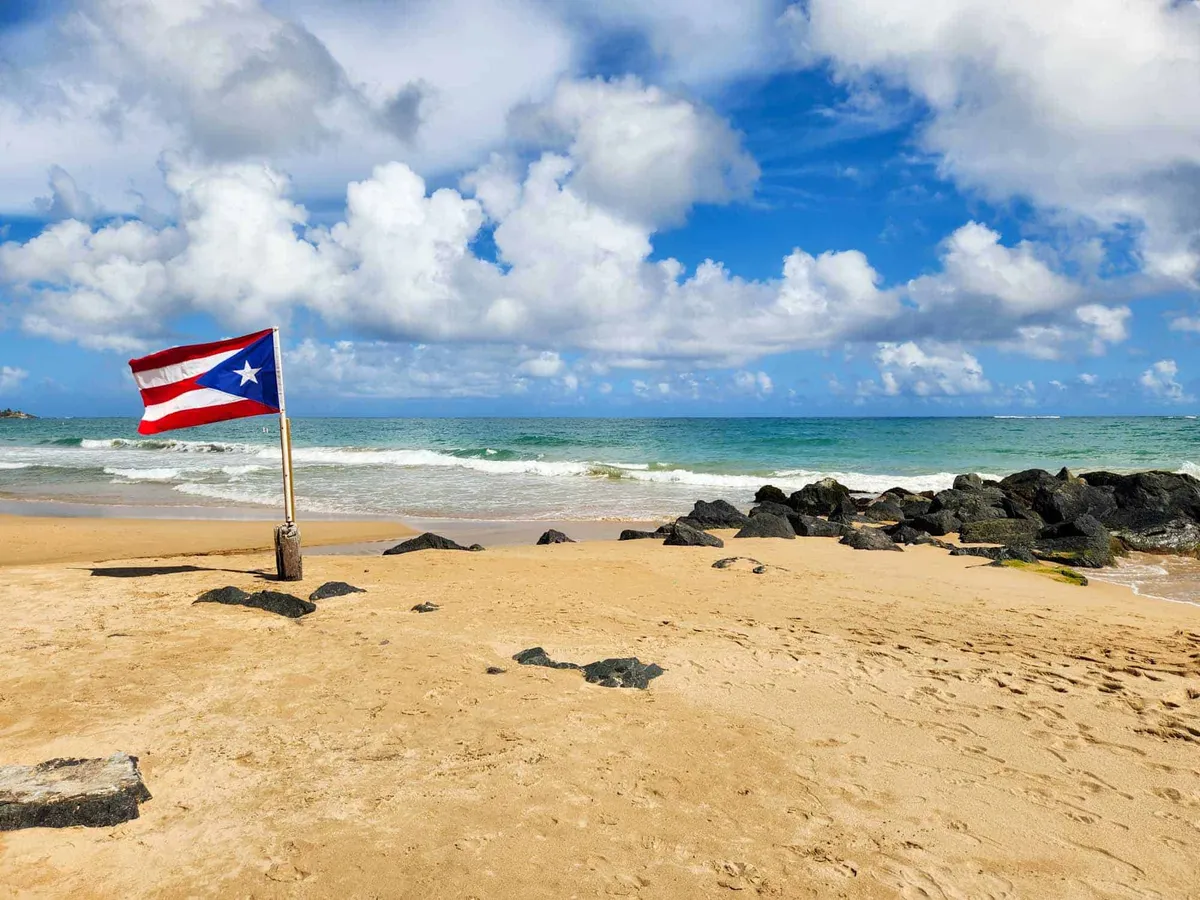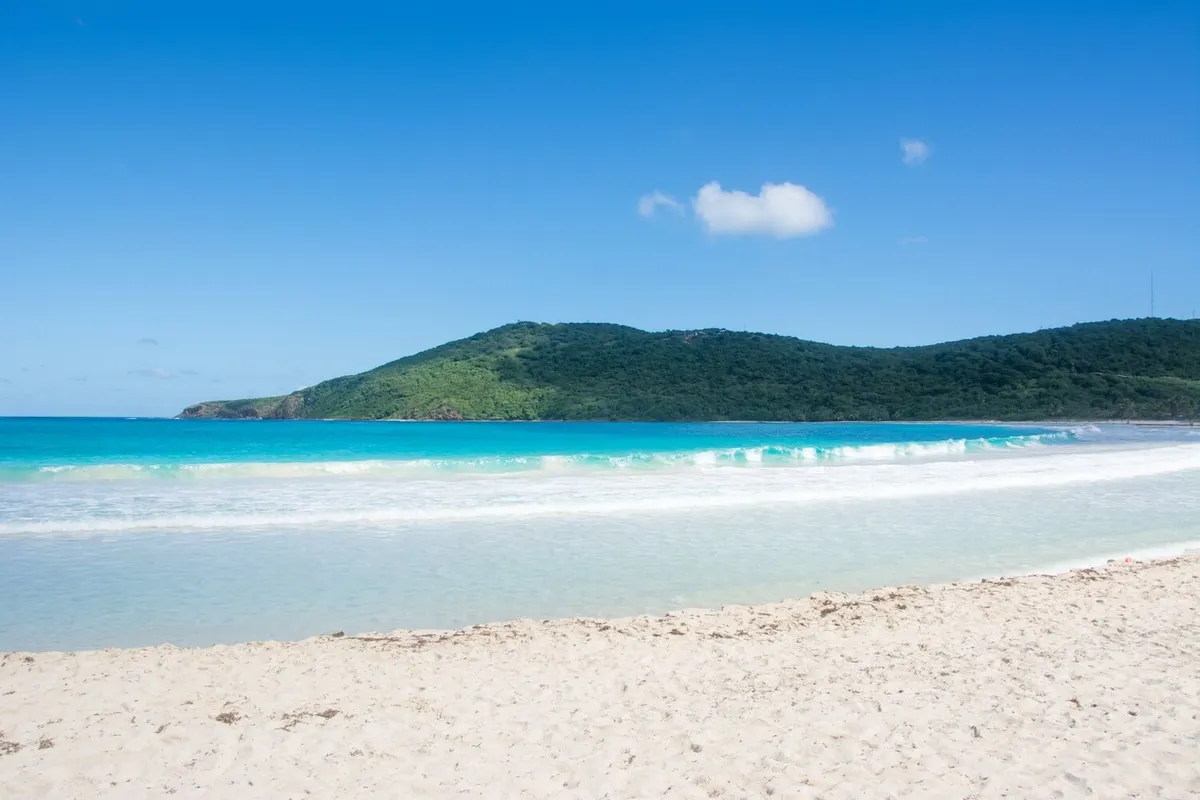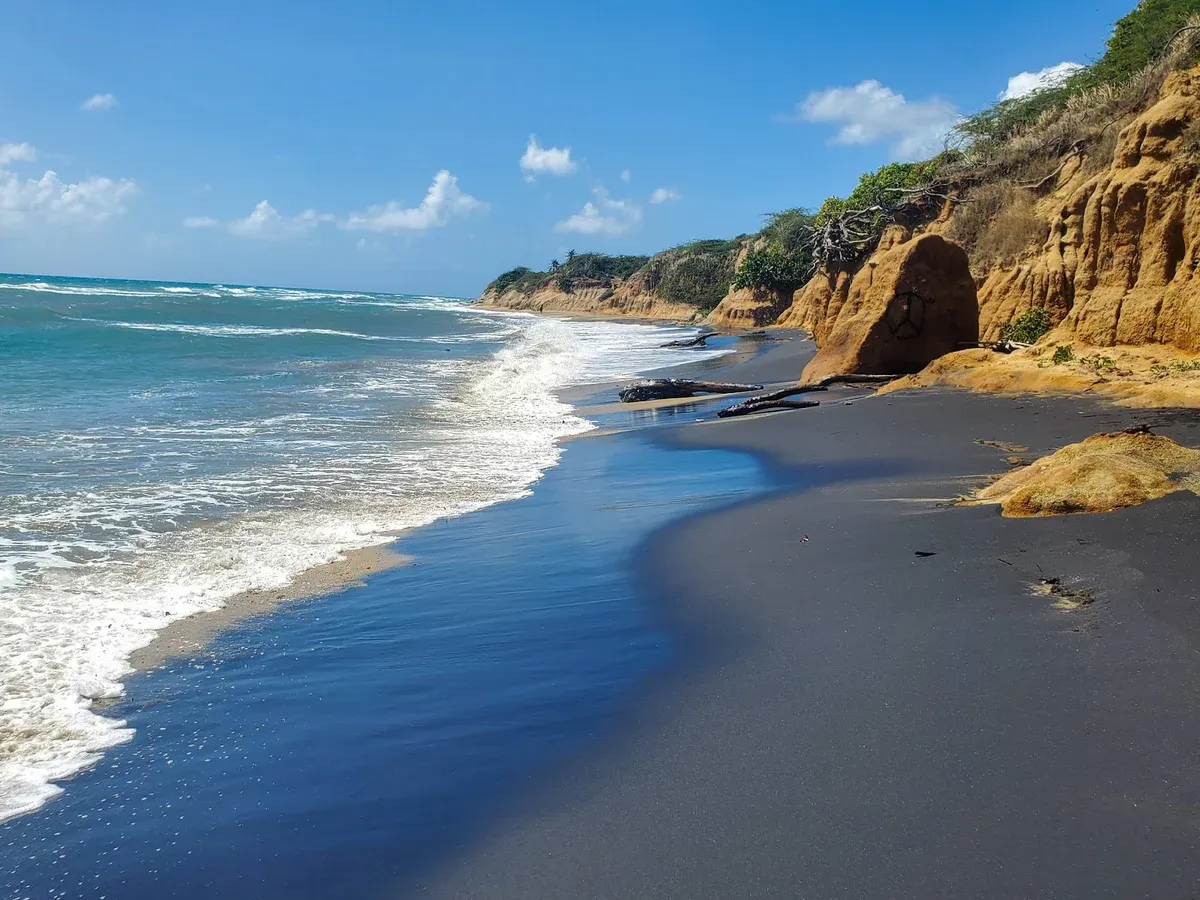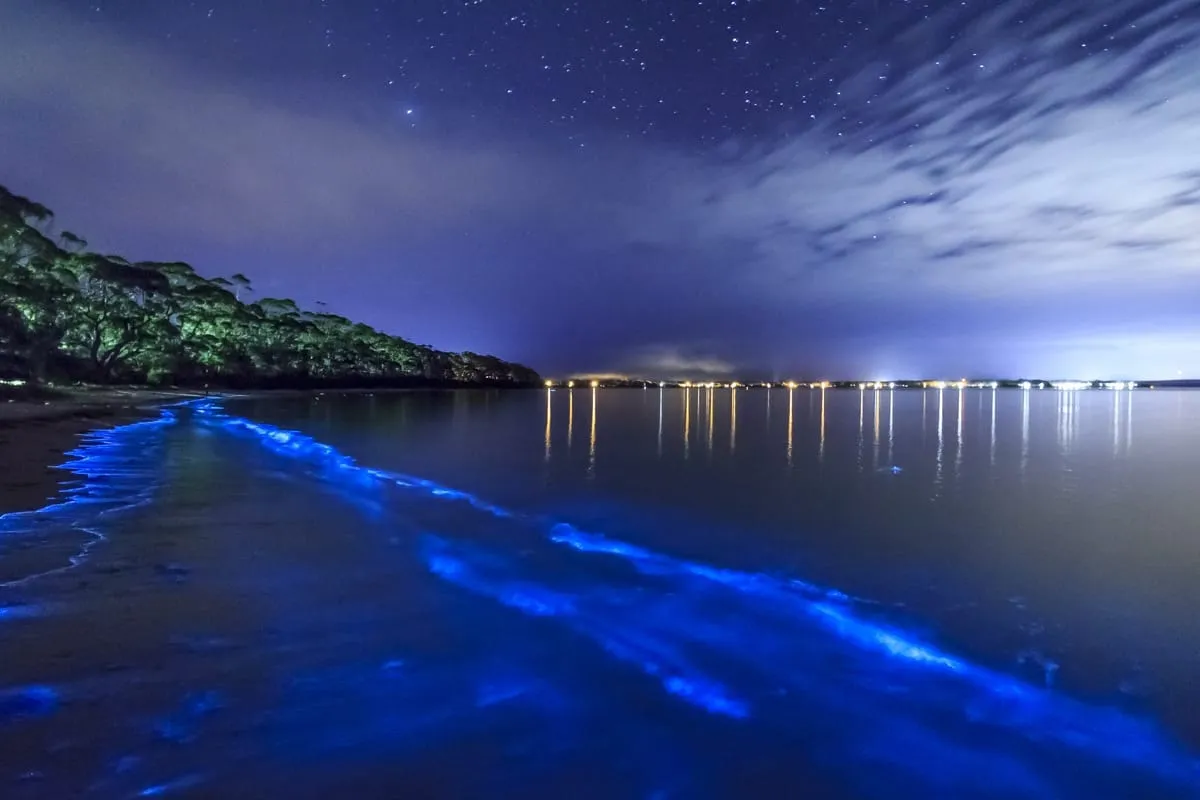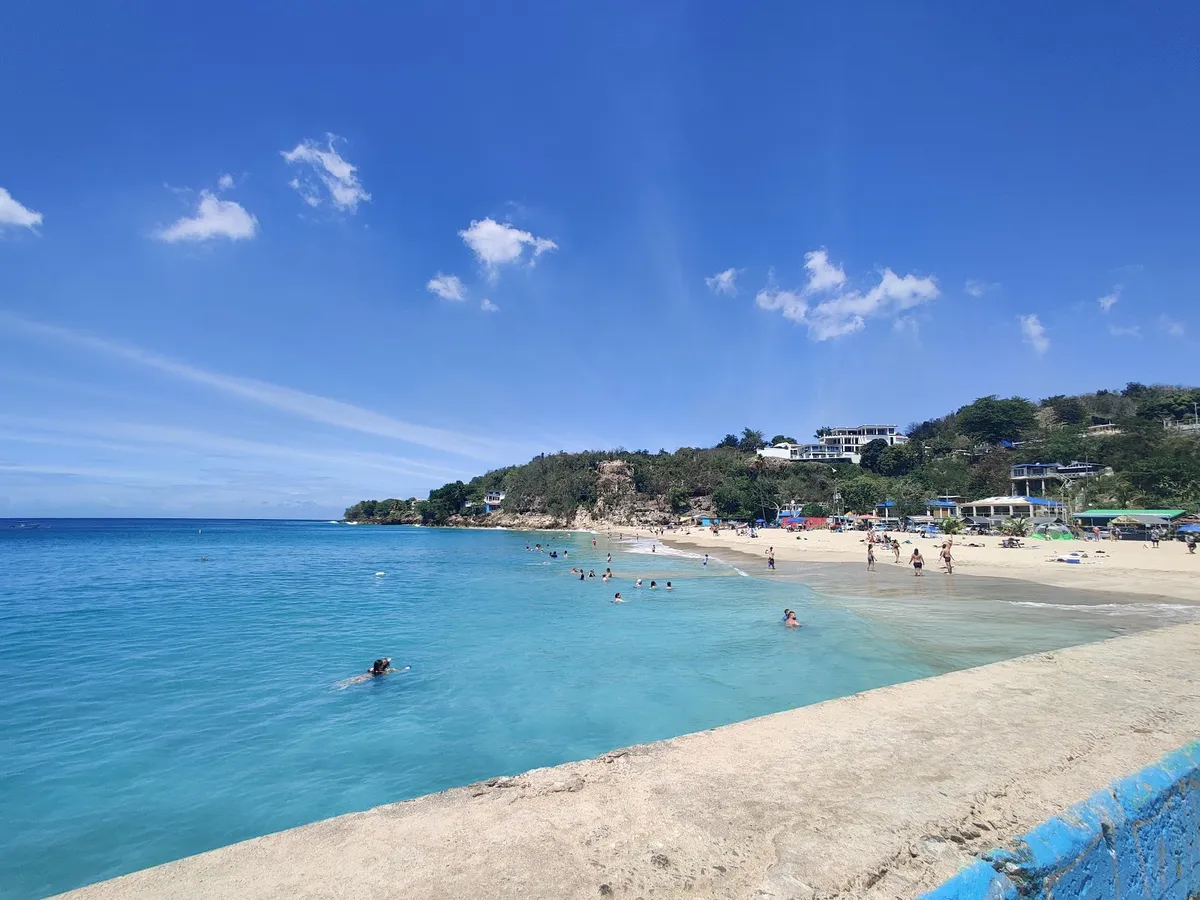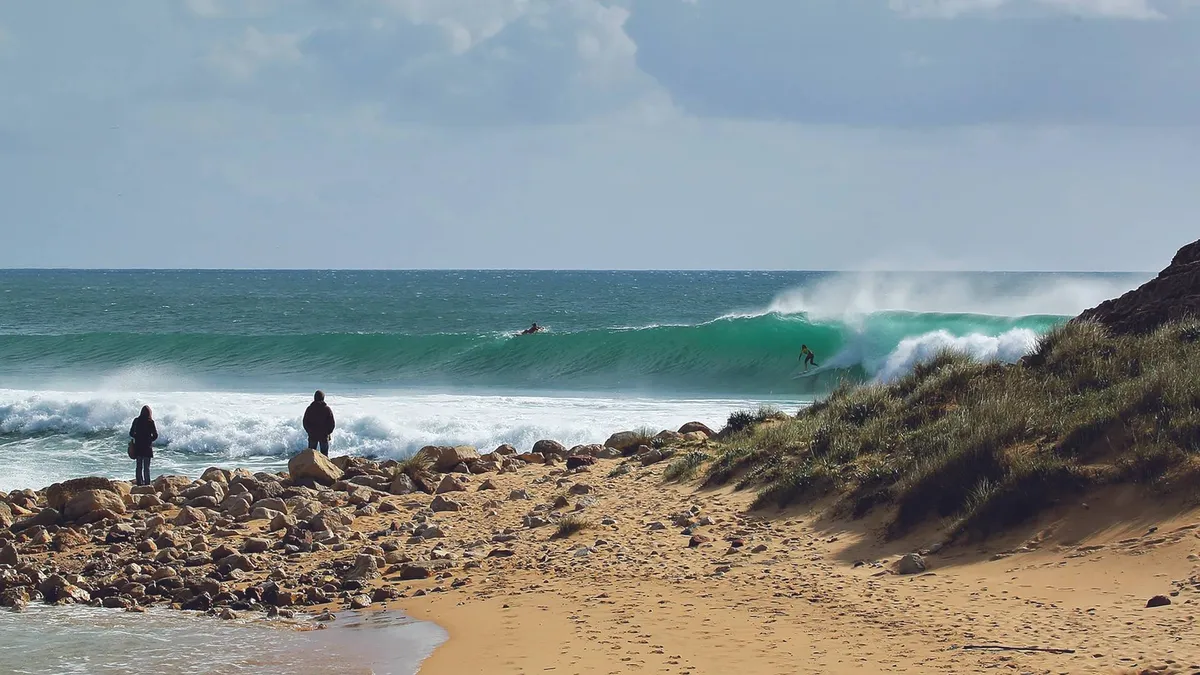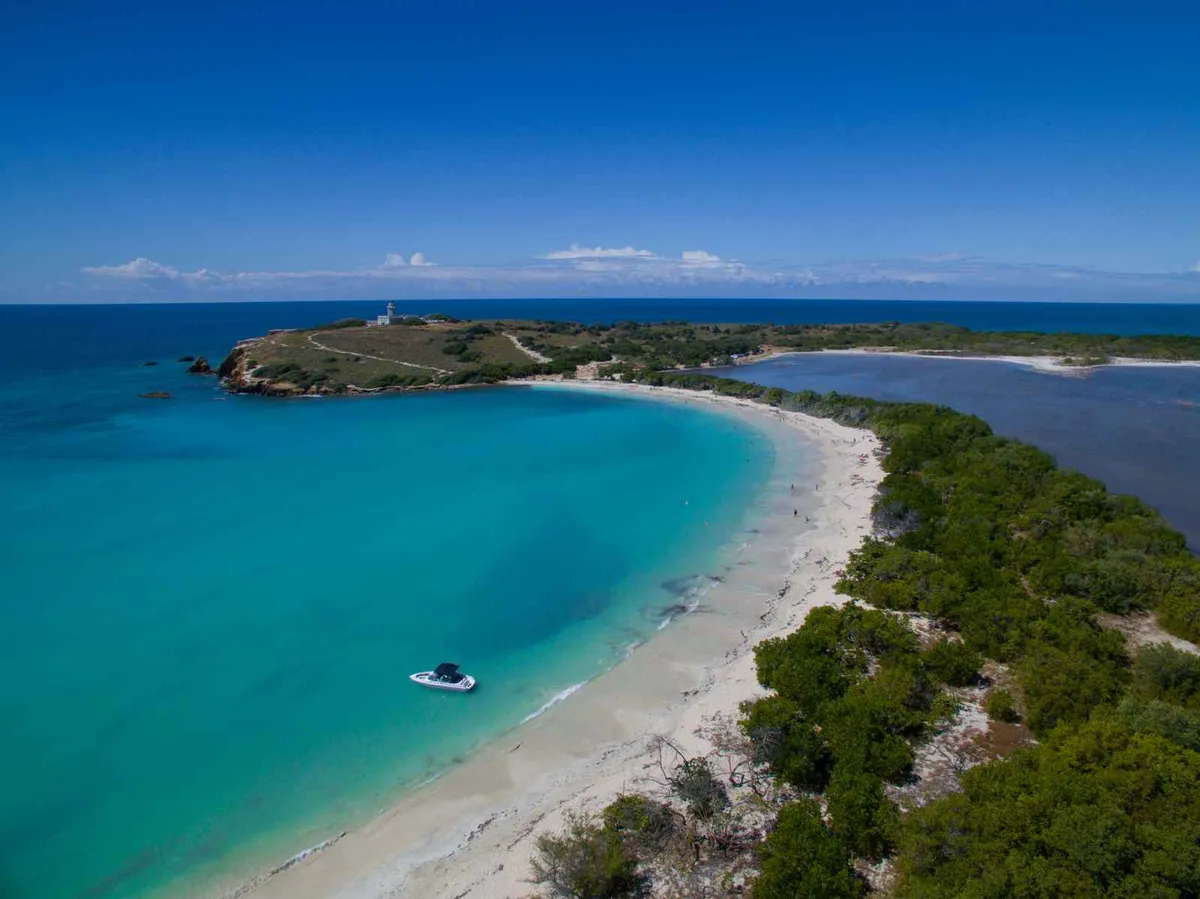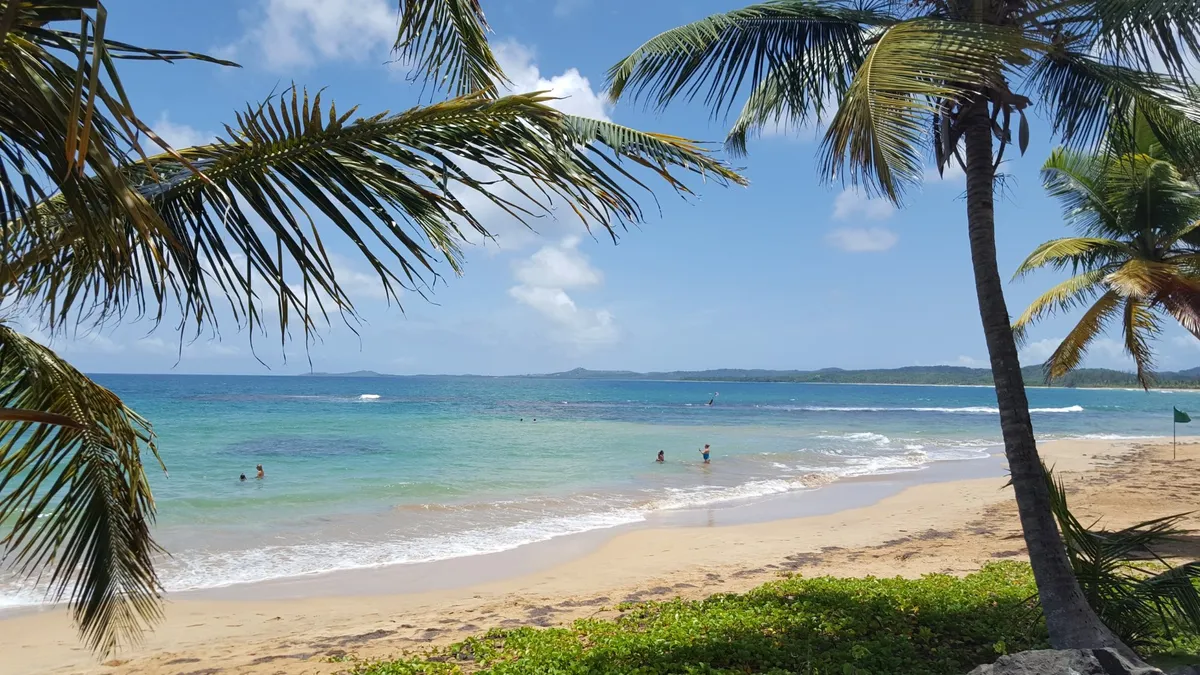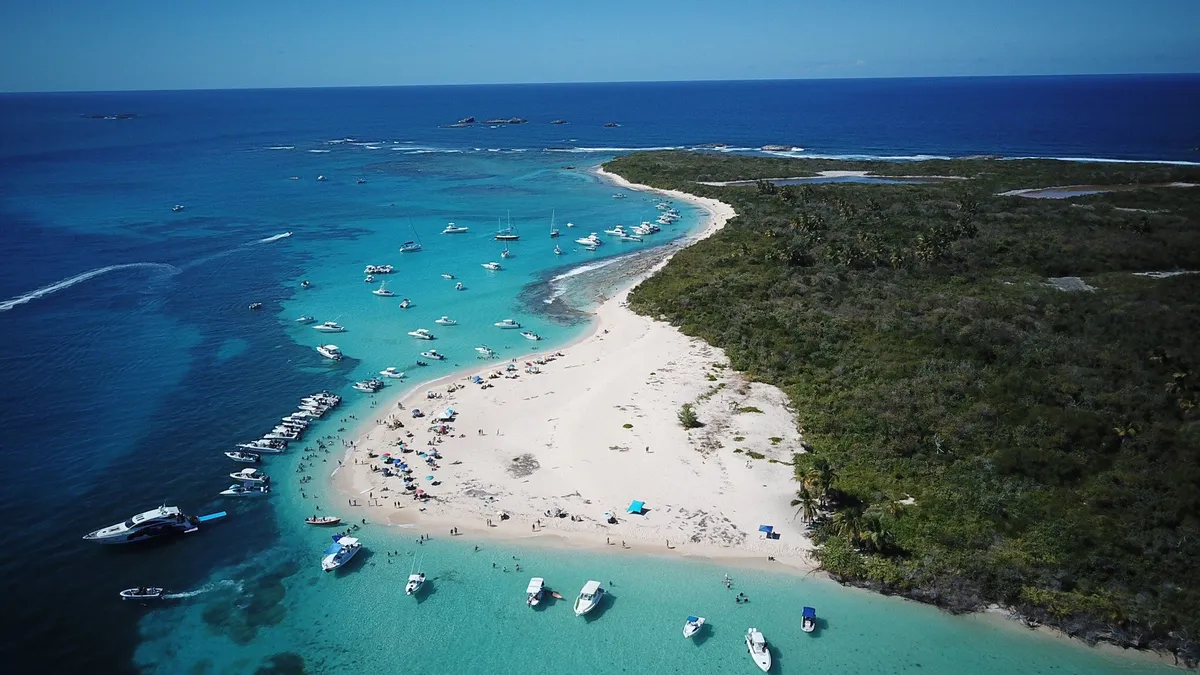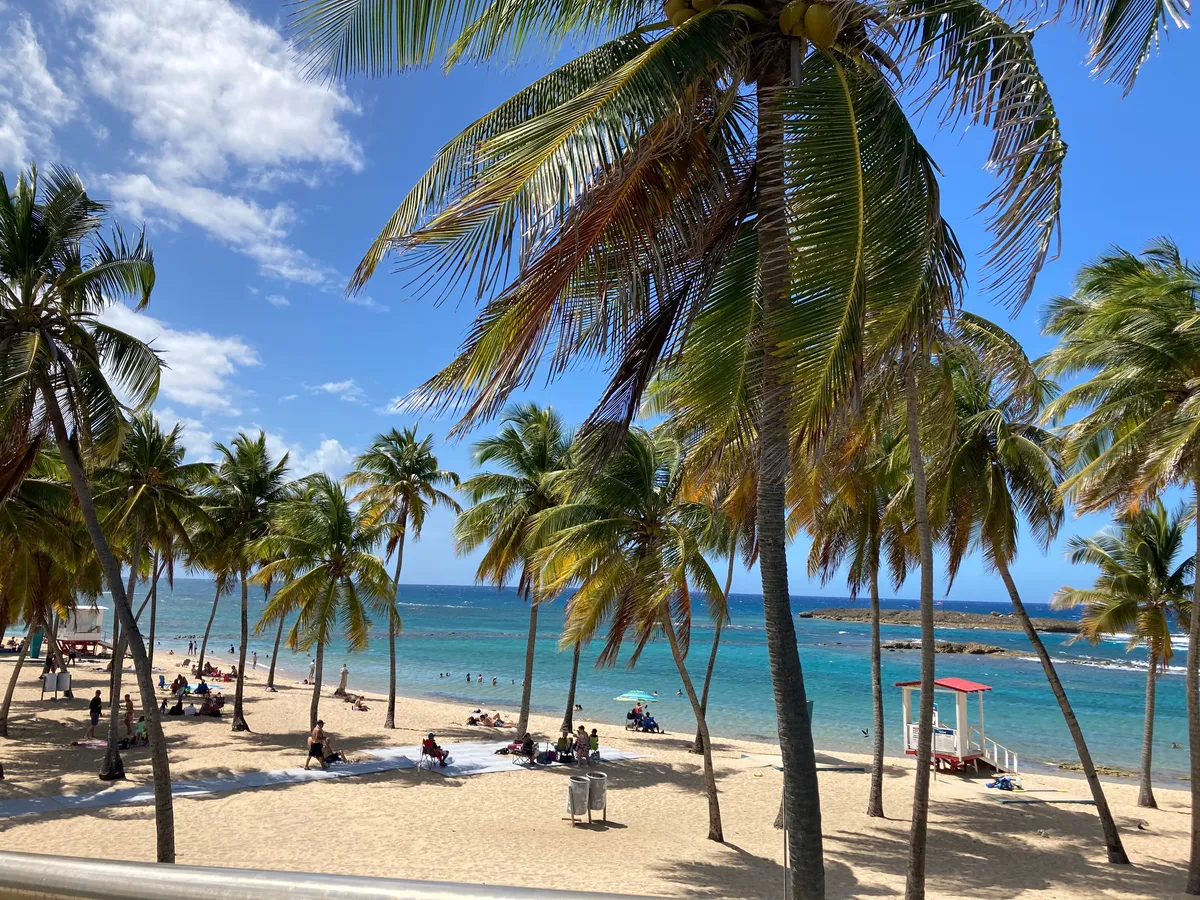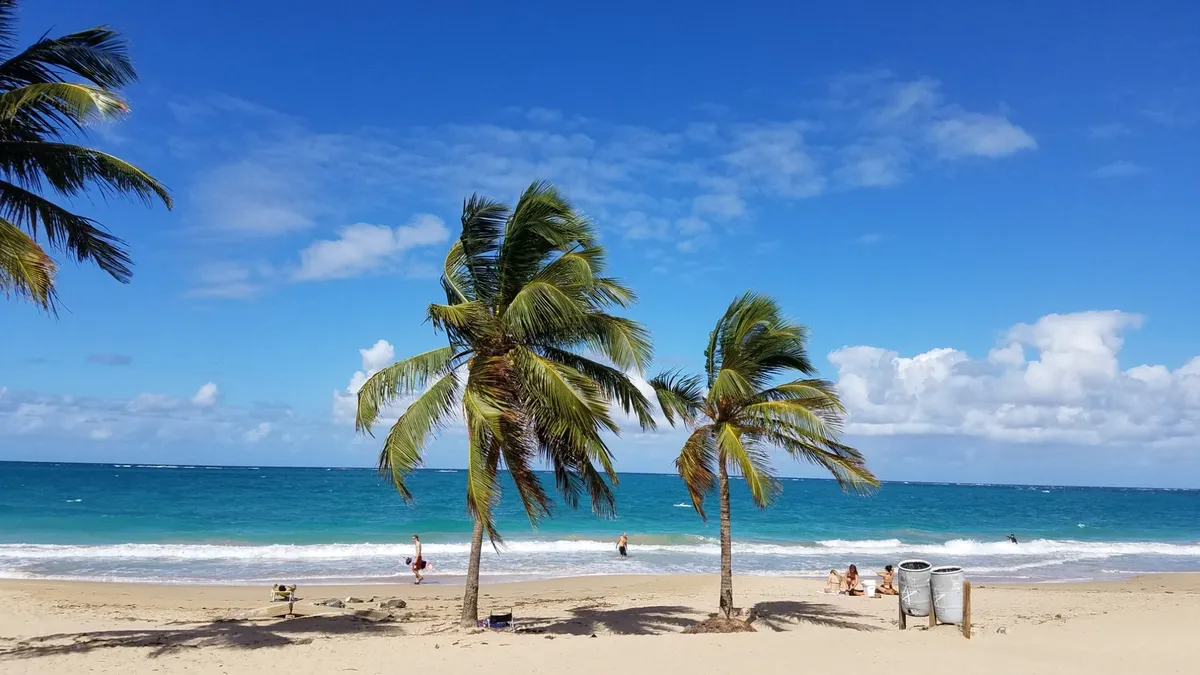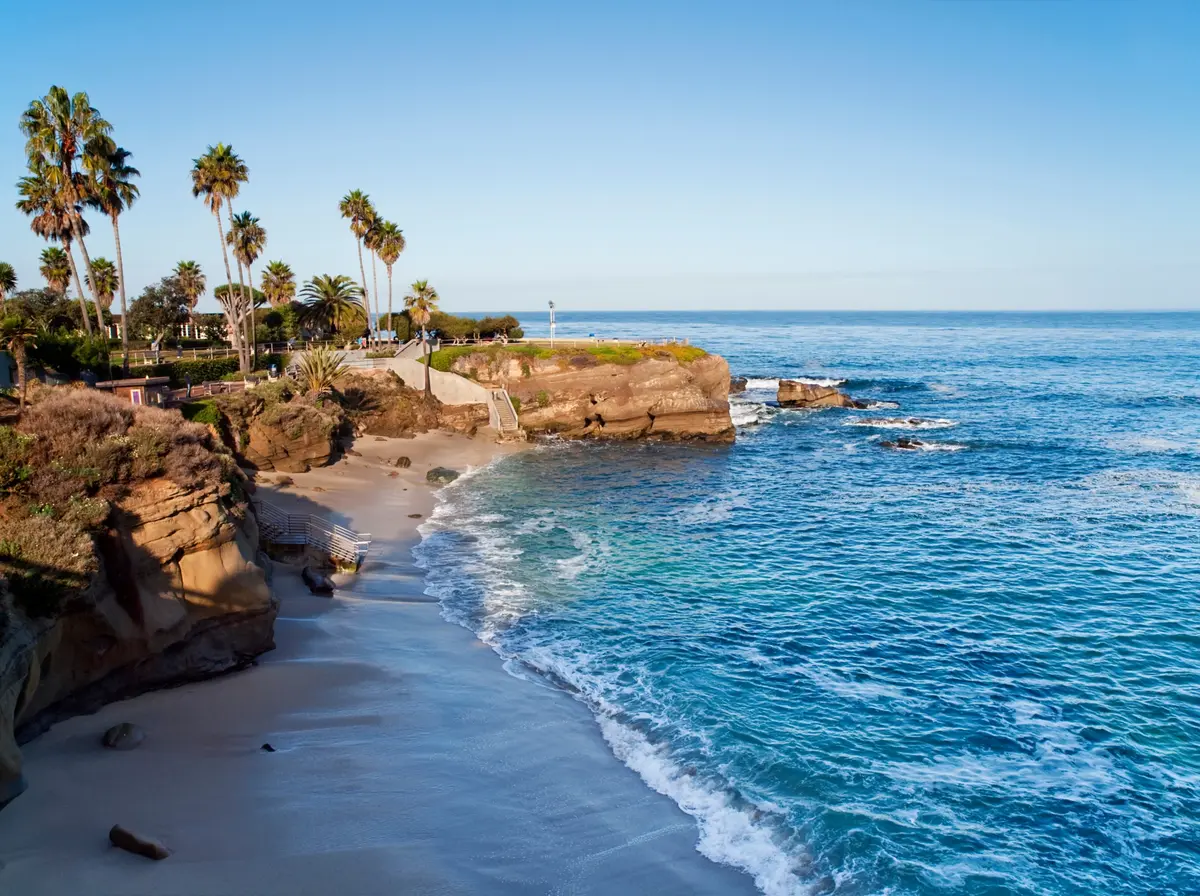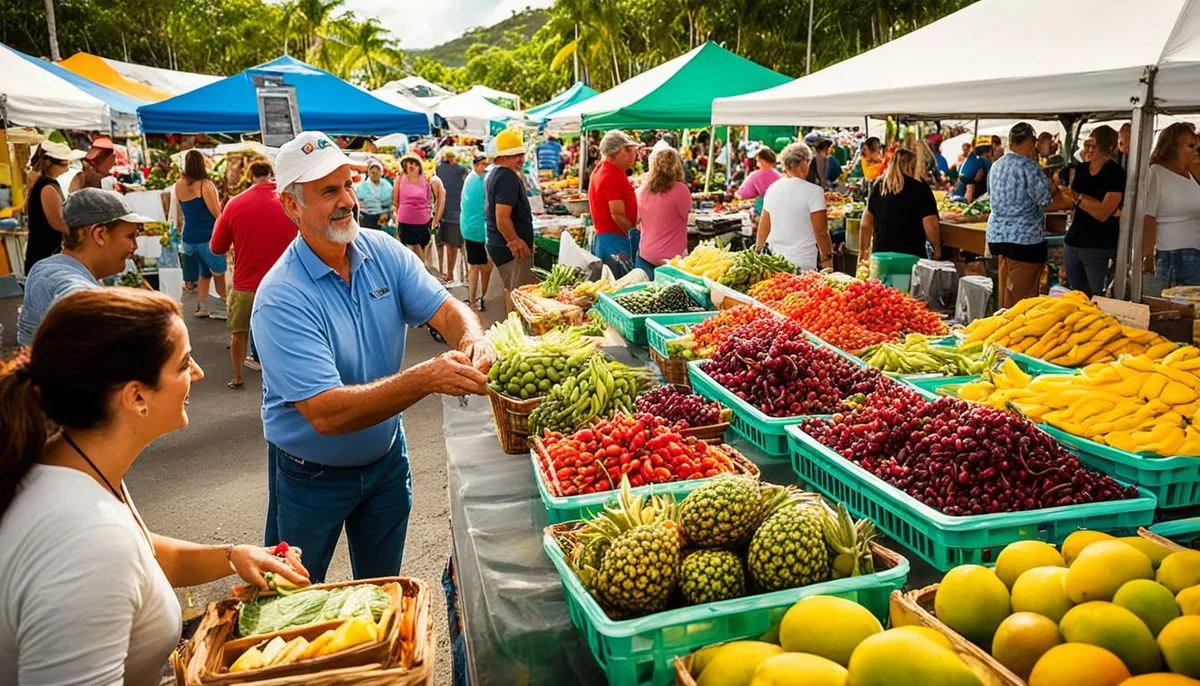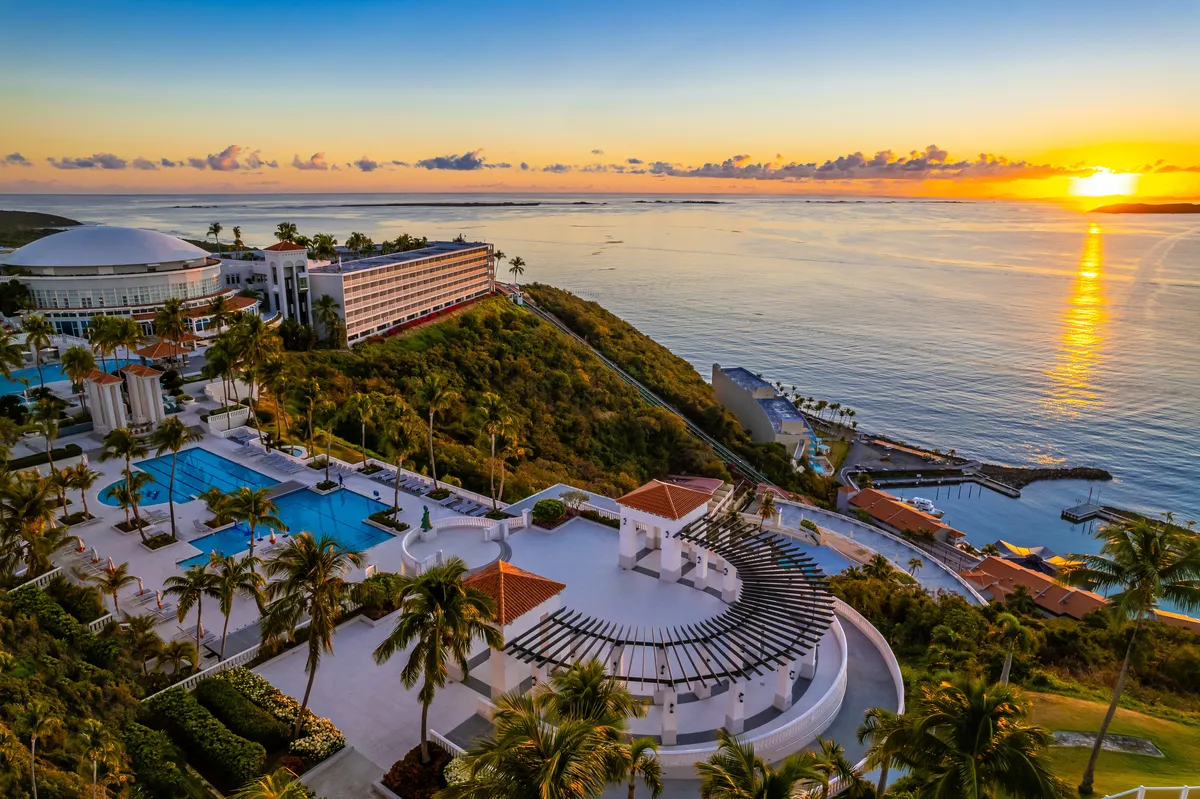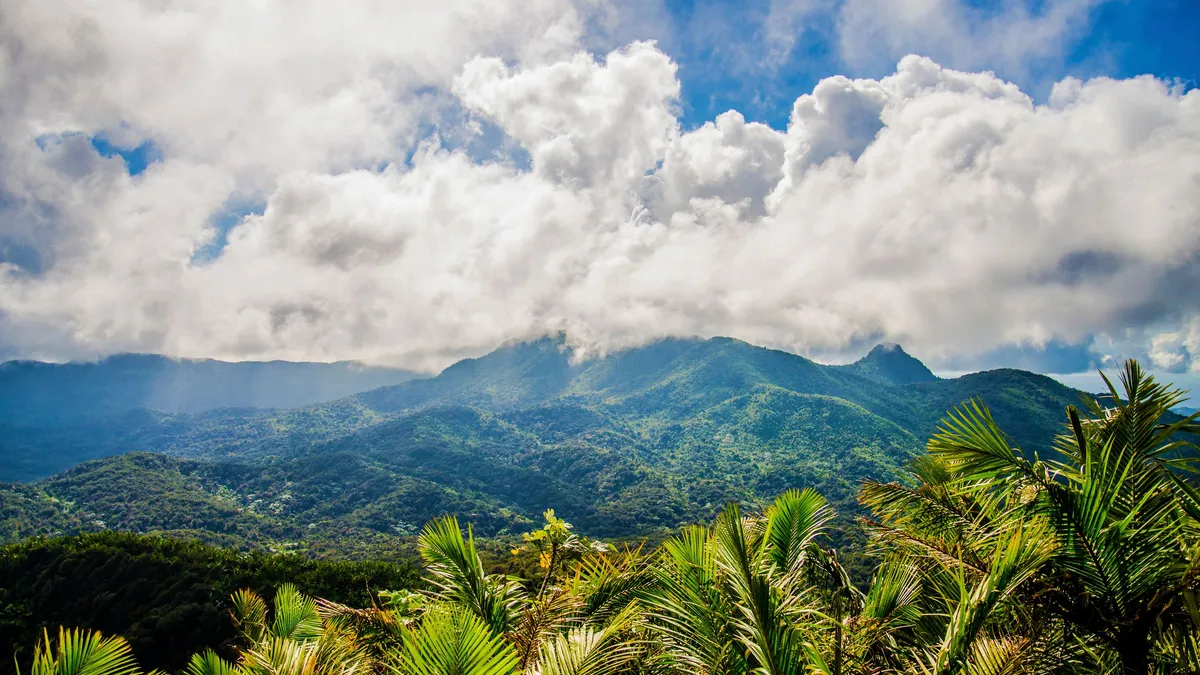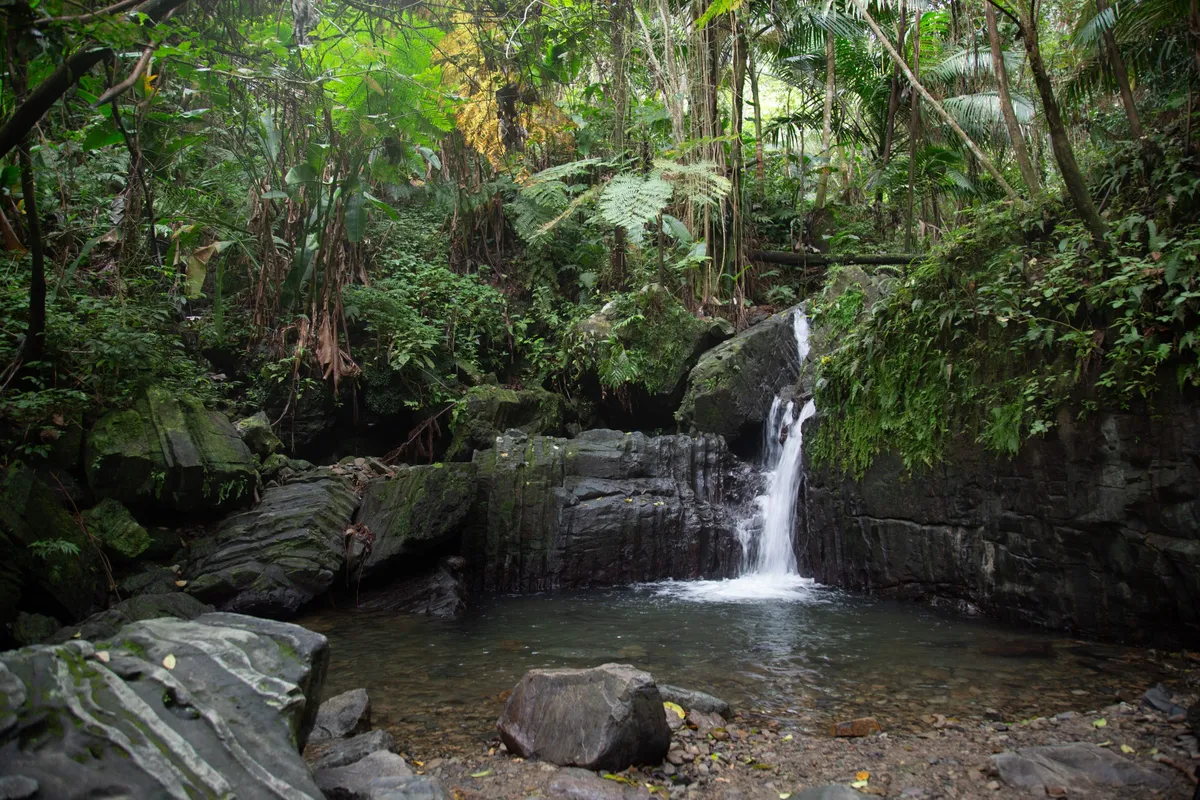The first time I felt the talcum-soft sand of Flamenco Beach beneath my feet, I finally understood what makes Puerto Rico’s beaches so extraordinary. After spending over a decade exploring Caribbean coastlines and diving deep into hundreds of real traveler reviews, I’ve created this guide to help you navigate the island’s nearly 300 beaches scattered along 270 miles of coastline. Whether you’re seeking world-famous white sand paradises, wild surf breaks, or hidden volcanic shores, Puerto Rico delivers experiences that go far beyond the typical tourism brochure. This is your roadmap to finding the stretches of sand that will truly take your breath away.
Planning Your Trip to Puerto Rico’s Beaches
Before you pack your sunscreen, let’s talk strategy. Getting the timing right, choosing the best transportation, and understanding water safety can transform a good beach vacation into an unforgettable one.
Best Time to Visit Puerto Rico’s Beaches
Your ideal visit depends on what matters most to you. December through April brings postcard-perfect weather with warm, sunny days around 80°F and minimal rainfall. The water is crystal-clear for snorkeling, and bioluminescent bay tours shine their brightest. However, you’ll share the sand with peak crowds and pay premium prices for everything from flights to hotels.
Mid-April through June offers what I call the “sweet spot”—gorgeous weather without the winter masses. The beaches feel more relaxed, prices drop significantly, and you’ll have more space to spread out your towel. Yes, you might catch a brief afternoon shower as the wet season approaches, but it rarely disrupts beach plans.
July through November suits budget-conscious travelers who don’t mind humidity and can roll with weather changes. Accommodation prices plummet, but August and September carry the highest hurricane risk. Here’s something fascinating: while international tourists flock here in winter, local Puerto Rican families pack the beaches from June through August, creating a vibrant, authentically Boricua atmosphere with music and food festivals you won’t experience during the “tourist season.”
Getting Around to Find the Best Beaches
Let me be direct: if you want to explore beyond San Juan’s immediate area, rent a car. Public transportation outside the city is extremely limited, and you’ll miss the west coast’s legendary beaches and the ferry terminals to the offshore islands without your own wheels. The freedom to discover hidden coves at your own pace makes the rental cost worthwhile.
Staying exclusively in San Juan? You can skip the rental. Uber works efficiently throughout the city, and beaches like El Escambrón and Condado are within walking or biking distance of major hotel zones.
For Vieques and Culebra, you have two choices. Small planes from San Juan or Ceiba offer speed and convenience at a premium price. The passenger ferry from Ceiba costs less but requires booking tickets online well in advance—they sell out fast, especially on weekends. The ferry service has improved dramatically in recent years and now runs much more reliably than its old reputation suggests.
Essential Beach Safety Information
Puerto Rico’s beaches are stunning, but they demand respect. Strong rip currents, particularly along the north Atlantic coast, pose the most serious threat. These powerful channels of water flowing away from shore can pull even strong swimmers out to sea before they realize what’s happening.
Always check the National Weather Service San Juan office’s daily rip current forecast before heading to the beach. High-risk spots include Jobos Beach in Isabela, Condado and Ocean Park in San Juan, Playa Escondida in Fajardo, and Domes Beach in Rincón. When you see red flags, stay out of the water—no exceptions.
Here’s what catches people off guard: rip currents often appear as calm, smooth patches between breaking waves. Inexperienced swimmers naturally gravitate toward these seemingly peaceful spots, not realizing they’re entering the most dangerous part of the water. Even gentle-looking beaches like Luquillo can have deceptively strong currents farther from shore.
If you’re caught in a rip current, don’t panic or fight it directly. Swim parallel to the shoreline until you escape the current’s pull, then head back to shore. Never swim alone, and never turn your back on the ocean, as large waves can appear unexpectedly.
1. Flamenco Beach – World-Renowned White Sand Paradise
Flamenco Beach consistently appears on “best beaches in the world” lists, and trust me, it absolutely earns that recognition. Located on Culebra island, this mile-long horseshoe bay features powder-soft sand with a gorgeous pink tint and water that shifts between turquoise and azure like a living kaleidoscope.
The beach’s most iconic features are two rust-colored M4 Sherman tanks left behind by the U.S. Navy in 1975. Now covered in colorful, constantly evolving graffiti, they create surreal photo opportunities against the tropical backdrop. Lush green hills frame the bay with zero hotels in sight, preserving that pristine natural feeling.
For the calmest water, perfect for families and kids, head to the left (east) side of the crescent near the entrance. While snorkeling here isn’t world-class due to the fine sand bottom, you’ll still spot stingrays and occasional sea turtles. Food kiosks and vendors renting chairs and umbrellas cluster near the parking area, making the beach surprisingly convenient for a remote island location.
The major drawback? Getting here requires either a ferry ride from Ceiba (book well in advance) or a pricey small plane flight. Weekend crowds can be intense despite the remote location. But according to countless traveler reviews, the journey proves worth every effort once you sink your toes into that impossibly soft sand.
2. Playa Negra (Black Sand Beach) – Volcanic Geological Wonder
Playa Negra on Vieques delivers an otherworldly experience that will make your Instagram followers do a double-take. This isn’t your typical Caribbean postcard; it’s a geological marvel where striking black volcanic sand contrasts dramatically with the turquoise ocean and crumbling beige cliffs.
Reaching the beach requires a 15-minute hike along a well-worn path following a small creek bed (quebrada) to the sea. The volcanic material, washed down from Vieques’ central mountains during heavy rains, creates marbled patterns of deep golden honey mixed with dark black sand. The concentration of black sand peaks to the right of the creek mouth.
This spot works better as an exploratory excursion than a swimming beach. The fine, heavy black sand sticks to absolutely everything—your skin, towel, camera, and definitely your bathing suit. But the unique photo opportunities and sense of discovery make it essential for any Vieques visitor. The dramatic landscape feels almost alien compared to typical white sand beaches, offering something genuinely different.
The hike can get muddy after rain, and there are zero facilities—no restrooms, food, or shade. Bring water and come prepared for a short adventure rather than an all-day beach lounging session.
3. Mosquito Bay – World’s Brightest Bioluminescent Waters
Mosquito Bay holds the Guinness World Record as the brightest bioluminescent bay on Earth, and firsthand accounts confirm it’s “more amazing than I imagined.” This isn’t technically a swimming beach; it’s a nighttime kayaking experience that will leave you absolutely mesmerized.
Millions of microscopic dinoflagellates emit blue-green flashes when agitated by movement. As you paddle through the dark water, every stroke of your kayak and every ripple ignites brilliant trails of light. Running your hand through the water leaves it sparkling with what looks like liquid stars. The effect is so magical that some reviewers call it their most memorable Puerto Rico experience.
To protect this fragile ecosystem, swimming is strictly prohibited. Tour operators also ban chemical bug sprays, showing the island’s commitment to sustainable eco-tourism. Book a guided kayak tour for the best experience; they’ll handle logistics and ensure you’re seeing the bay at its most spectacular.
Timing is absolutely critical. Visit during the new moon when darkness maximizes the bioluminescence—a bright full moon washes out the effect significantly. Tours book up quickly, especially during peak season, so reserve your spot well in advance. The experience requires moderate physical fitness for 1-2 hours of kayaking, but the otherworldly light show makes every paddle stroke worthwhile.
4. Crash Boat Beach – Vibrant Local Favorite with Cliff Jumping
If you want to experience where Puerto Ricans actually hang out, Crash Boat in Aguadilla delivers authentic local vibes in spades. This energetic beach buzzes with activity, color, and the kind of festive atmosphere you won’t find at resort-dominated spots.
The beach’s iconic brightly painted pier, a remnant from a former U.S. Air Force base, serves as the main attraction. Locals and adventurous visitors jump and dive from various heights into the deep, crystal-clear turquoise water below. The area under the pier offers fantastic snorkeling with abundant marine life congregating around the pilings—bring your snorkel gear.
Food vendors line the beach selling local snacks and cold drinks, while rental stands offer jet skis and other water sports equipment. The water’s clarity makes it perfect for underwater photography, and the lively scene creates an energetic, social atmosphere that feels genuinely Puerto Rican rather than touristy.
The popularity creates challenges. Weekends get absolutely packed, making parking a competitive sport. Arrive early—like 8 or 9 AM—to snag a decent spot and claim your patch of sand. The crowds also mean noise and activity, so if you’re seeking peaceful solitude, this isn’t your beach. But for people-watching, water sports, and soaking up local culture, Crash Boat delivers big time.
5. Domes Beach – World-Class Surf Break for Experienced Riders
Domes Beach in Rincón ranks among the world’s legendary surf spots, drawing wave riders from across the globe, especially during the peak winter surf season. These powerful waves break over a reef, creating the kind of conditions that make experienced surfers’ eyes light up.
The beach takes its name from the large, blue, decommissioned nuclear reactor dome visible at one end, with the historic 1892 Punta Higuero Lighthouse anchoring the other. This unique landscape creates dramatic photo opportunities beyond the surf action.
From January through March, the cliffs and El Faro Park surrounding the lighthouse provide prime vantage points for whale watching. Migrating humpback whales pass through these waters, and spotting them breaching offshore adds another dimension to your visit. The park area works perfectly for families who want to enjoy the scenery and maybe catch some whale action while experienced surfers tackle the waves.
Swimming here is generally not recommended due to strong currents and constant shore breaks. This is a beach for watching world-class surfing or participating if you have the skills. Beginners on surfboards will get thrashed; save your learning sessions for gentler breaks like Jobos. The powerful waves and reef breaks demand respect and experience, making Domes a spectator beach for most visitors unless you’re a confident intermediate to advanced surfer.
6. La Playuela (Playa Sucia) – Remote Cliff-Backed Paradise
La Playuela, often called Playa Sucia, rewards adventurous spirits with one of the most beautiful beaches on Puerto Rico’s main island. The journey here filters out casual visitors, but those who make the effort consistently say the “trek is worth every effort.”
The experience begins at the Cabo Rojo Lighthouse (Faro Los Morrillos), where the clifftop view is absolutely magnificent. The panoramic vista of the half-moon bay’s turquoise water against dramatic red limestone cliffs will take your breath away before you even reach the sand.
Getting there requires navigating a bumpy, often muddy dirt road followed by a walk of up to a mile from the parking area. Four-wheel drive isn’t absolutely necessary, but higher clearance helps, especially after rain. Once you arrive, the protected cove typically offers warm, calm water perfect for swimming. The crescent-shaped beach with red cliffs rising behind creates a stunning, almost secluded paradise feeling.
This is a completely wild beach—zero facilities, no restrooms, no food vendors, and no lifeguards. Pack in everything you need for the day, including plenty of water, and crucially, pack out all your trash. The remote location means fewer crowds, especially on weekdays, but also means you’re entirely self-sufficient. The dirt road can become challenging in heavy rain, and the walk can be hot and exposed, so come prepared with proper footwear, sun protection, and realistic expectations.
7. Luquillo Beach – The Perfect Family-Friendly Paradise
Located just 15 minutes from the El Yunque National Forest entrance, Luquillo Beach (Balneario La Monserrate) combines natural beauty with family-friendly convenience better than anywhere else on the island. An offshore coral reef protects the shore from Atlantic swells, creating calm, shallow waters that parents love for kids.
The wide crescent of fine sand stretches beneath towering coconut palms, delivering that classic Caribbean postcard look. As a government-maintained balneario, you’ll find excellent facilities including parking, clean restrooms, showers, and lifeguards—a huge plus for families.
The quintessential Luquillo experience combines beach time with a culinary adventure at the famous Kioskos de Luquillo. This strip of about 60 food stalls sits just across the road, serving incredible Puerto Rican street food from fresh seafood and bacalaítos (codfish fritters) to classic mofongo. Grabbing lunch at the kiosks between beach sessions has become a beloved tradition for both locals and visitors.
The protected waters make this one of the island’s safest swimming beaches, though reviews warn that currents can strengthen farther from shore. The beach gets crowded on weekends and holidays, so arrive early for the best parking and space. While the calm water doesn’t offer spectacular snorkeling compared to reef-rich spots, the tradeoff is safety and convenience that works perfectly for families with young children or less confident swimmers.
8. Cayo Icacos – Uninhabited Island Escape
For a true deserted island experience without the long journey to Vieques or Culebra, Cayo Icacos delivers in spades. Just a 15-20 minute boat ride from Fajardo, this small, uninhabited key feels worlds away with its powdery white sand and crystal-clear waters.
You have two main options for getting there. The affordable route is a water taxi from Las Croabas village that drops you off for the day. The more luxurious option is booking a catamaran tour with lunch, unlimited drinks, snorkeling gear, and a festive atmosphere included. Both work great; it just depends on whether you want a party vibe or a more independent experience.
The calm, clear water creates perfect conditions for snorkeling in Puerto Rico, especially around the old abandoned pier where schools of colorful fish congregate. The island’s protected nature reserve status has kept the underwater ecosystem vibrant and healthy. You’ll likely spot tropical fish and, if you’re lucky, maybe a sea turtle cruising by.
Here’s the critical part: Icacos has zero facilities—no restrooms, no food vendors, no shelter, nothing. If you take the water taxi rather than a tour, bring all your own supplies, including food, drinks, sunscreen, and shade. There is nowhere to purchase anything on the island. The catamaran tours handle all this for you, which is why they cost more. The exposed location also means limited natural shade, so bring an umbrella or beach tent if you’re planning an all-day stay.
9. El Escambrón Beach – San Juan’s Best All-Around Beach
El Escambrón consistently rates as the best beach in San Juan, offering a beautiful natural oasis right in the heart of the capital city. The picturesque setting contrasts the historic walls of Old San Juan with the modern city skyline, creating unique photo opportunities.
The standout feature? Exceptional snorkeling right from shore. As part of the Escambrón Marine Park, a coral reef protects the beach and creates a calm, pool-like environment teeming with marine life. Traveler reviews rave about snorkeling just feet from shore and seeing “schools of blue tangs (think Dory!)” and “sea turtles munching on seagrass.” The easy shore access makes this perfect for beginner snorkelers or families with kids.
As a Blue Flag beach, El Escambrón maintains excellent amenities, including lifeguards, restrooms, and nearby food options. The combination of natural beauty, easy accessibility, good facilities, and outstanding snorkeling makes it incredibly family-friendly. You can walk here from many San Juan hotels, eliminating transportation hassles.
The beach can get crowded, especially on weekends when local families arrive in force. Parking fills up quickly, so arrive early or use Uber to avoid the hassle. While the water stays calm most of the time thanks to the reef protection, strong currents can occasionally develop, so always check conditions before swimming. The urban location also means less of that remote, pristine feeling—you’ll hear city sounds and see development, which some travelers prefer while others find it detracts from the experience.
10. Isla Verde Beach – San Juan’s Social Scene on the Sand
Isla Verde Beach serves as San Juan’s social epicenter, often compared to Miami’s South Beach for its energetic vibe and swanky atmosphere. This wide, sprawling stretch of sand is backed by high-rise resorts, condominiums, and lively restaurants, creating a distinctly urban beach scene.
The atmosphere here buzzes with activity: parasailing, jet skiing, beach volleyball, and people-watching opportunities galore. Beachside bars deliver piña coladas straight to your beach chair, and the restaurant scene within steps of the sand offers everything from casual bites to upscale dining. If you enjoy a social, energetic beach scene where the party is part of the experience, Isla Verde delivers.
Its proximity to Luis Muñoz Marín International Airport (SJU) makes it one of the most convenient San Juan beaches for travelers. Many visitors hit Isla Verde for a few hours immediately after landing or before departure, maximizing their beach time.
The tradeoff for convenience and amenities is crowds and development. This definitely isn’t a secluded, natural beach experience. The water conditions vary—sometimes calm, sometimes rough—and the beach lacks the pristine clarity of more remote locations. Jet ski and boat traffic can also impact swimming conditions. If you’re seeking solitude or that “deserted island” feeling, look elsewhere. But for a vibrant urban beach with all modern conveniences and a social scene, Isla Verde hits the mark perfectly.
11. Jobos Beach – Beginner-Friendly Surf Spot with Family Areas
Jobos Beach in Isabela strikes a rare balance between relaxed family-friendly vibes and an active surf scene, making it appeal to diverse groups. The protected cove near shore features very calm, shallow water perfect for kids and casual wading. Further out, beyond a sandbar, consistent but gentle waves make this one of the island’s best spots for beginner and intermediate surfers to learn or practice.
The beach is surrounded by laid-back restaurants and bars serving authentic Puerto Rican food and drinks, contributing to its energetic yet friendly atmosphere. Local surf shops offer lessons and board rentals, making it accessible for first-timers wanting to catch their first waves.
The sandbar creates a natural separation between the calm swimming area and the surf zone, allowing families and surfers to coexist happily. When you’re ready for a break from the water, the food scene here is genuinely excellent—local favorites rather than tourist traps.
Here’s the critical safety warning: a strong rip current often forms beyond the sandbar. An informational plaque near the entrance explains the water’s circulation pattern and escape techniques, which you should absolutely read before entering the water. The National Weather Service frequently flags Jobos for dangerous rip current conditions. Stay in the shallow protected area unless you’re a confident swimmer who understands how to handle currents. The pleasant appearance of the calm cove can lull visitors into a false sense of security about the waters beyond the sandbar.
How to Choose the Right Puerto Rico Beach for You
Not all beaches work for every traveler. Let me break down the best options for specific needs and travel styles.
Best Beaches for Families with Kids
Luquillo Beach tops the list with its protected calm waters, lifeguards, and convenient facilities. El Escambrón in San Juan offers easy snorkeling in safe conditions with full amenities. Playita del Condado features virtually zero waves in a lagoon-like setting perfect for toddlers. Seven Seas Beach in Fajardo provides calm water plus picnic areas and camping facilities. La Poza de las Golondrinas in Isabela creates a natural pool with no ocean access, offering safe swimming for the whole family.
Best Beaches for Surfing
Domes Beach in Rincón delivers world-class, powerful reef breaks for experienced surfers, especially during winter. Jobos Beach in Isabela works perfectly for beginners and intermediates with consistent but forgiving waves plus local surf schools. Aviones Beach in Loiza, near San Juan, challenges advanced surfers with robust waves not suitable for learning.
Best Beaches for Snorkeling
El Escambrón Beach in San Juan wins for shore snorkeling accessibility, with the protected marine park hosting abundant sea life, including colorful fish and sea turtles, in calm, clear water. Cayo Icacos requires a boat but rewards you with exceptionally clear water and vibrant reefs around the old pier. Steps Beach (Tres Palmas) in Rincón showcases Elkhorn coral, parrotfish, and hawksbill turtles when surf conditions calm down. Carlos Rosario Beach on Culebra features a well-preserved coral reef and sea turtles grazing on seagrass, reached by a short hike from Flamenco Beach.
Most Secluded Beaches
Playa Escondida in Fajardo lives up to its “Hidden Beach” name, requiring a mile-long hike through mangroves to reach crowd-free sands. La Playuela (Playa Sucia) in Cabo Rojo stays quiet due to the rough access road and required walk. La Selva Beach near Luquillo demands a high-clearance vehicle and a treacherous dirt road, ensuring virgin coastline solitude. Tortuga Beach on Culebrita island requires private boat or water taxi access, offering a true uninhabited island paradise. Navio Beach in Vieques remains mostly empty thanks to its remote location, despite its stunning white sand and turquoise water.
Puerto Rico’s 270 miles of coastline deliver extraordinary diversity, from Culebra’s world-famous white sand crescents to Rincón’s powerful surf breaks and San Juan’s convenient urban escapes. The island rewards curious travelers willing to drive bumpy dirt roads or hike through mangroves to discover secluded stretches of paradise. Whether you’re planning a family vacation with calm shallow waters, seeking challenging surf breaks, or craving that deserted island feeling, the vast selection of Puerto Rico beaches offers the perfect spot. The real magic happens when you explore beyond the obvious choices, respect the ocean’s power and the island’s natural beauty, and find the beach that speaks directly to your soul.
Read more:
